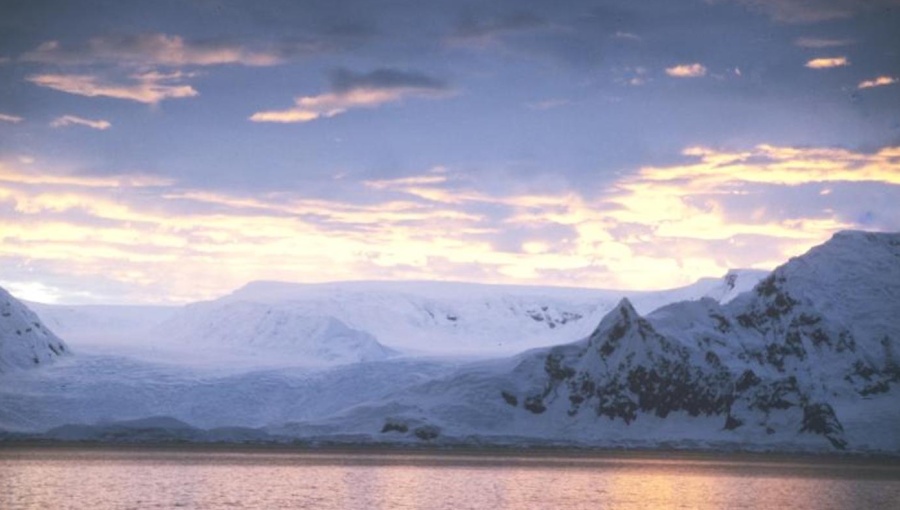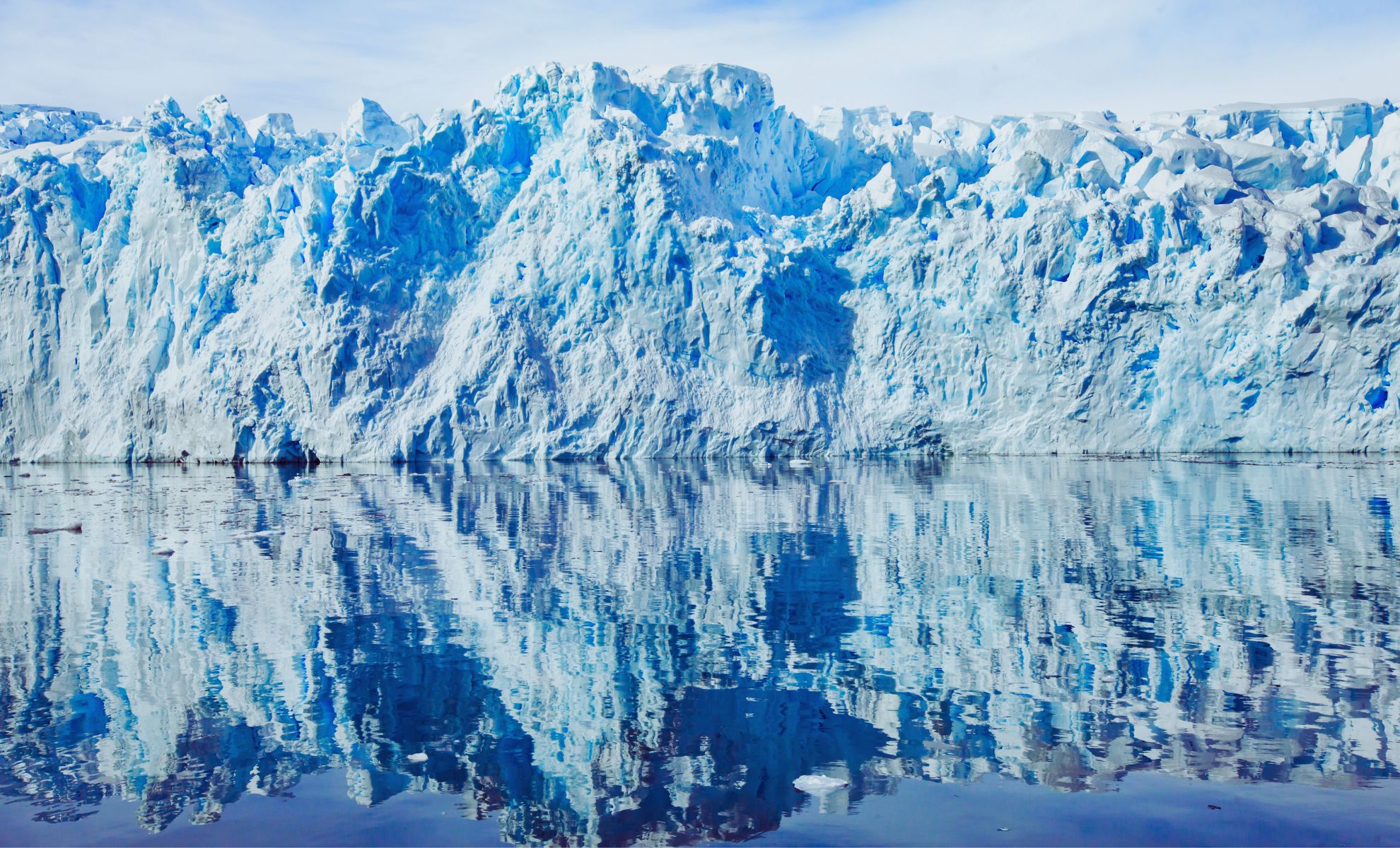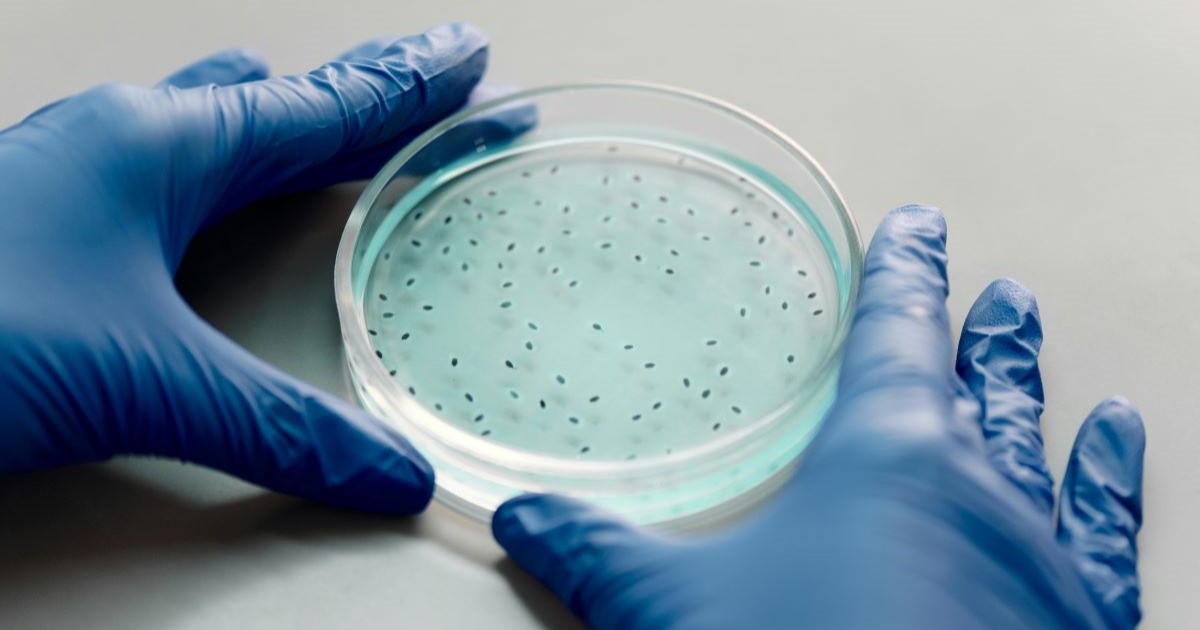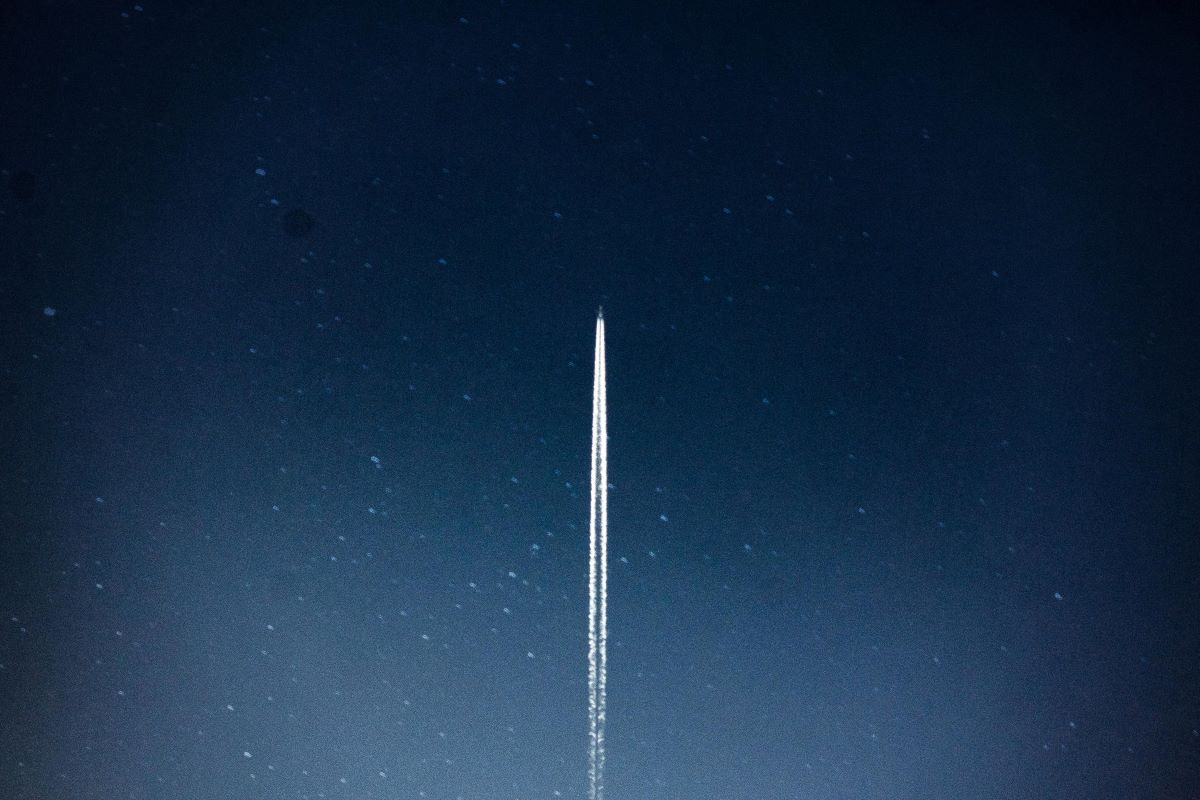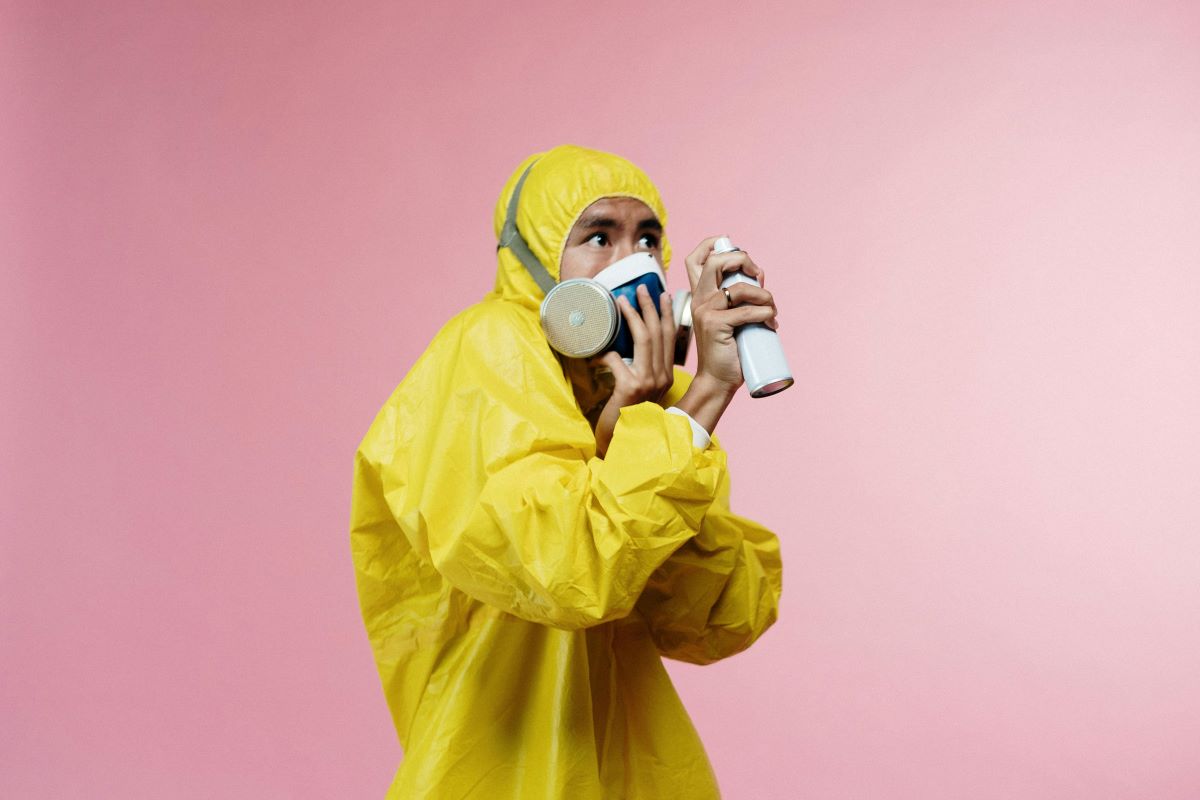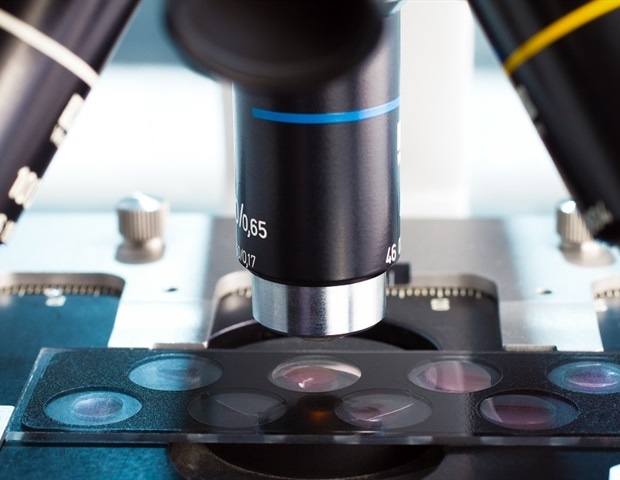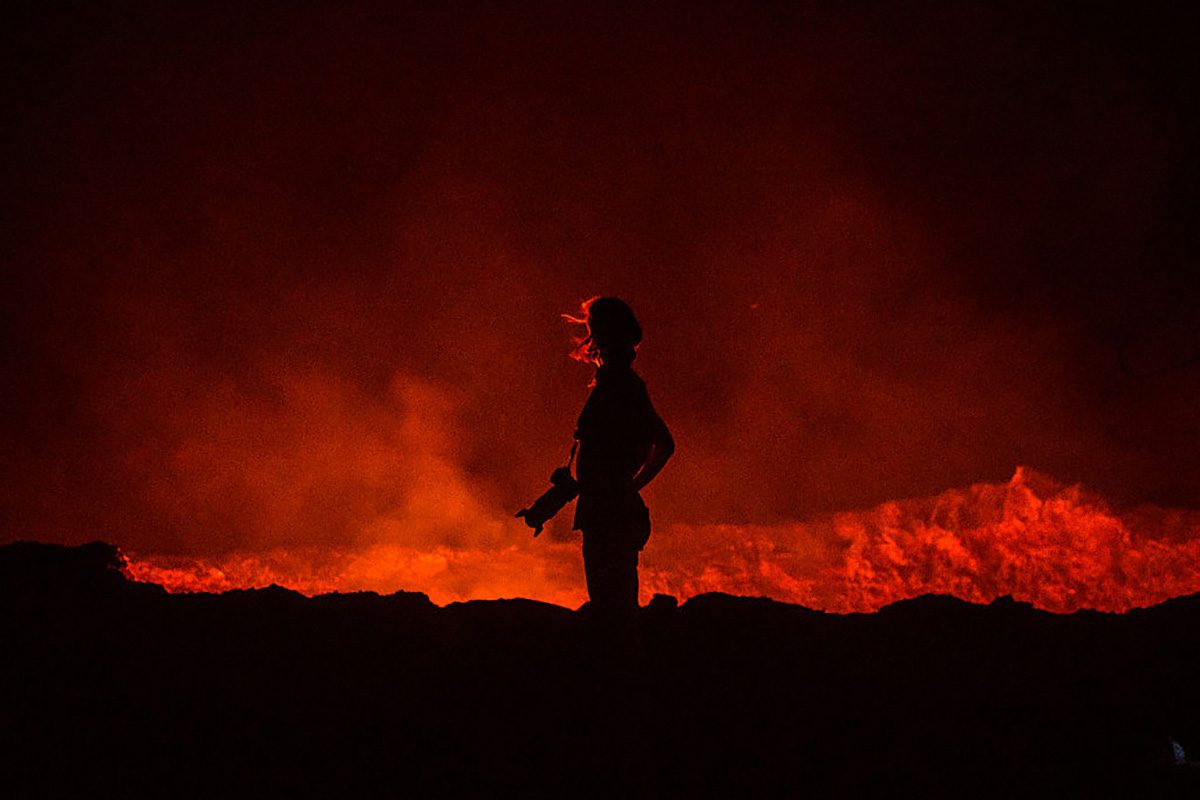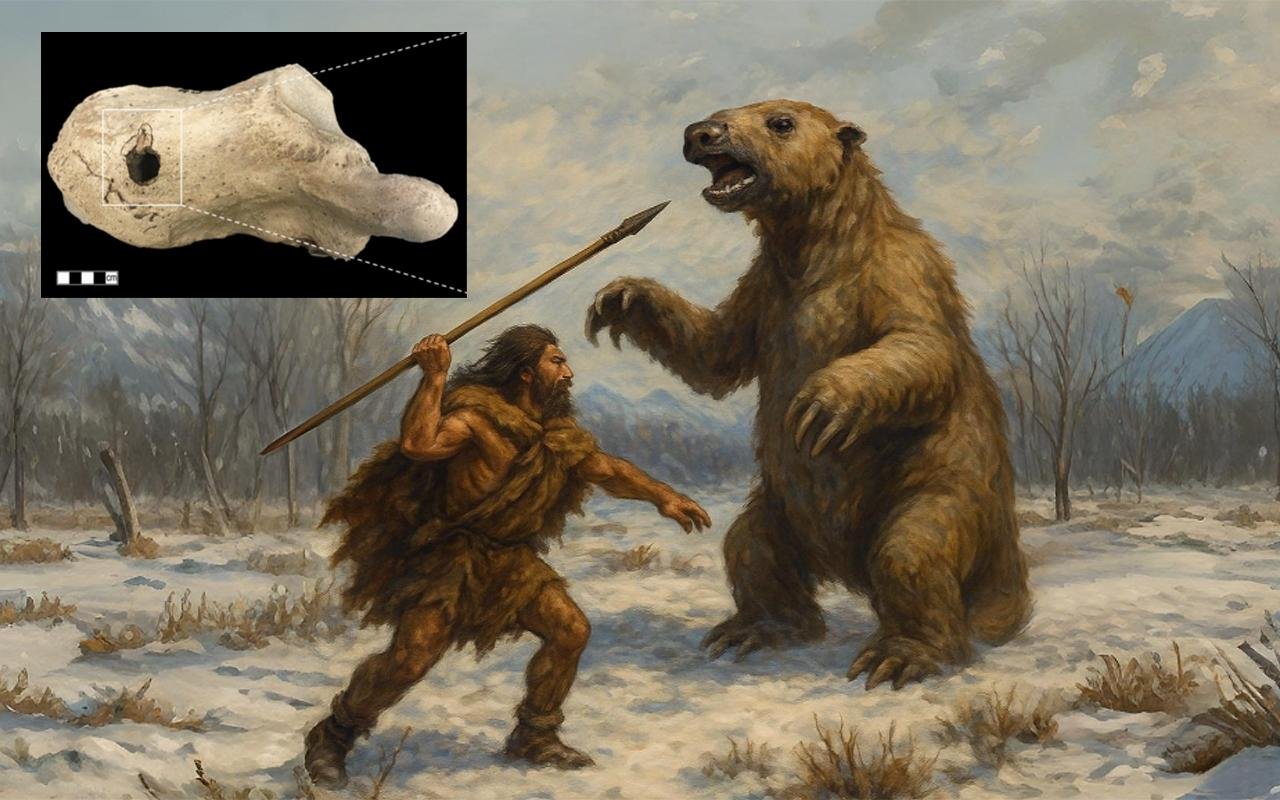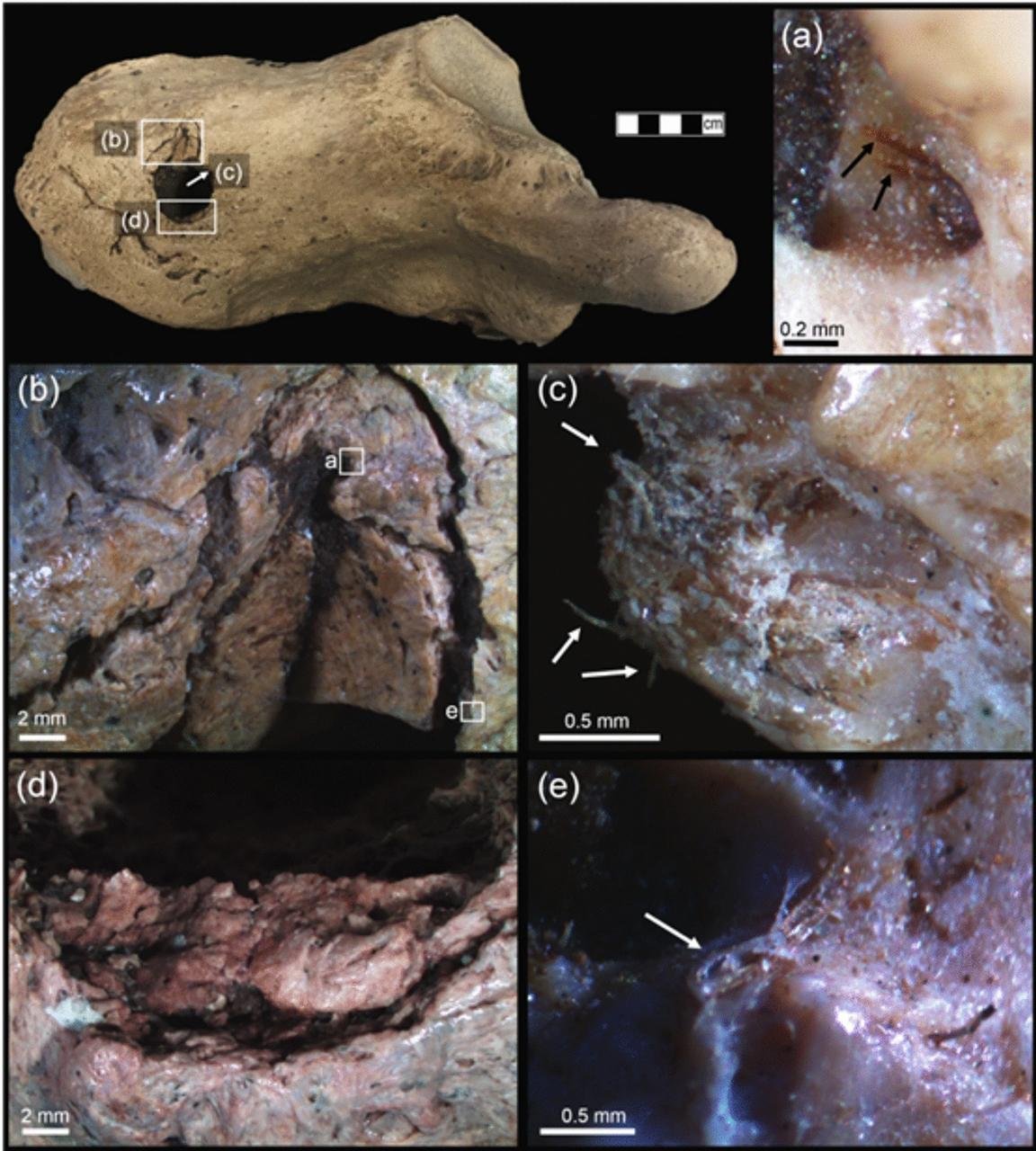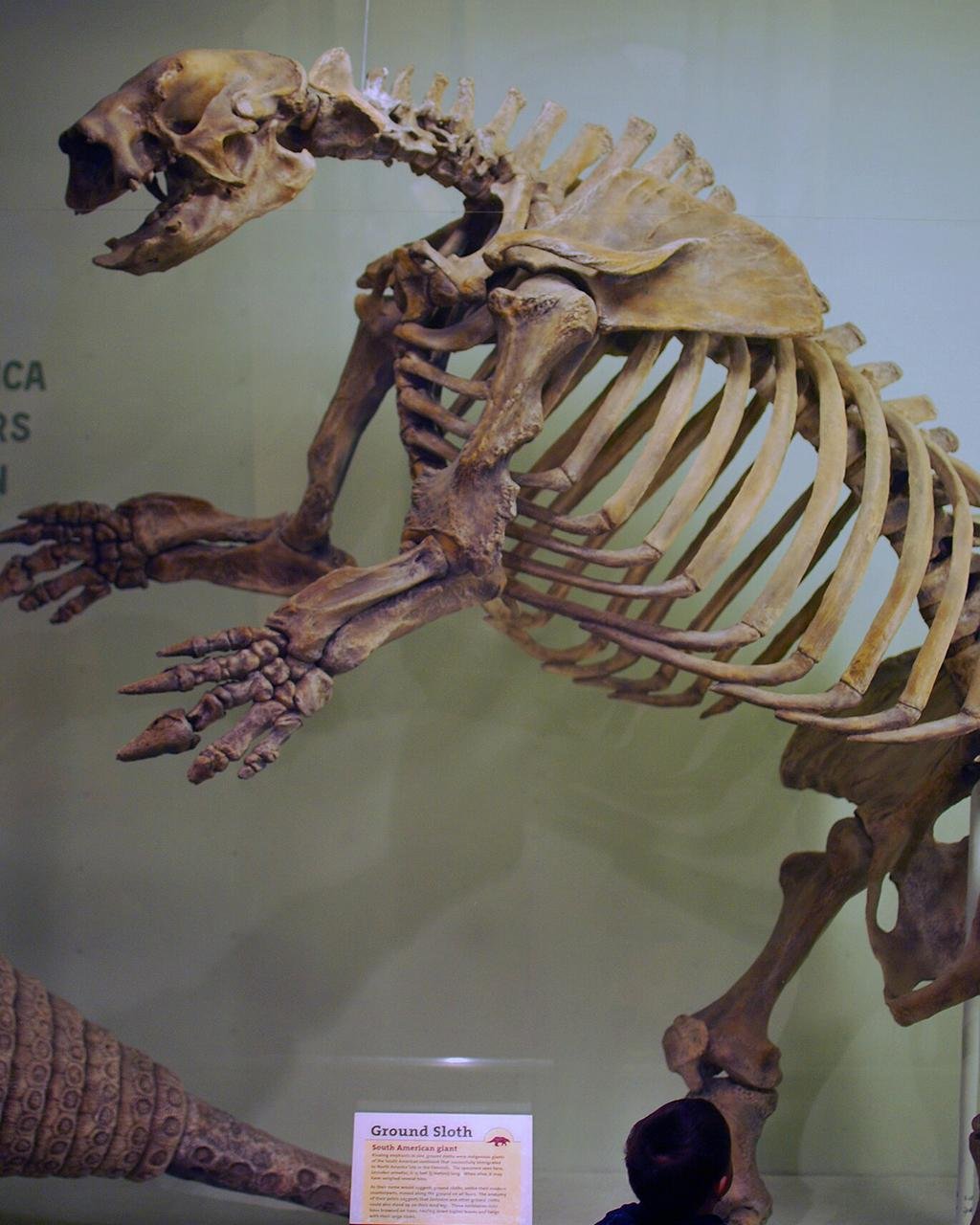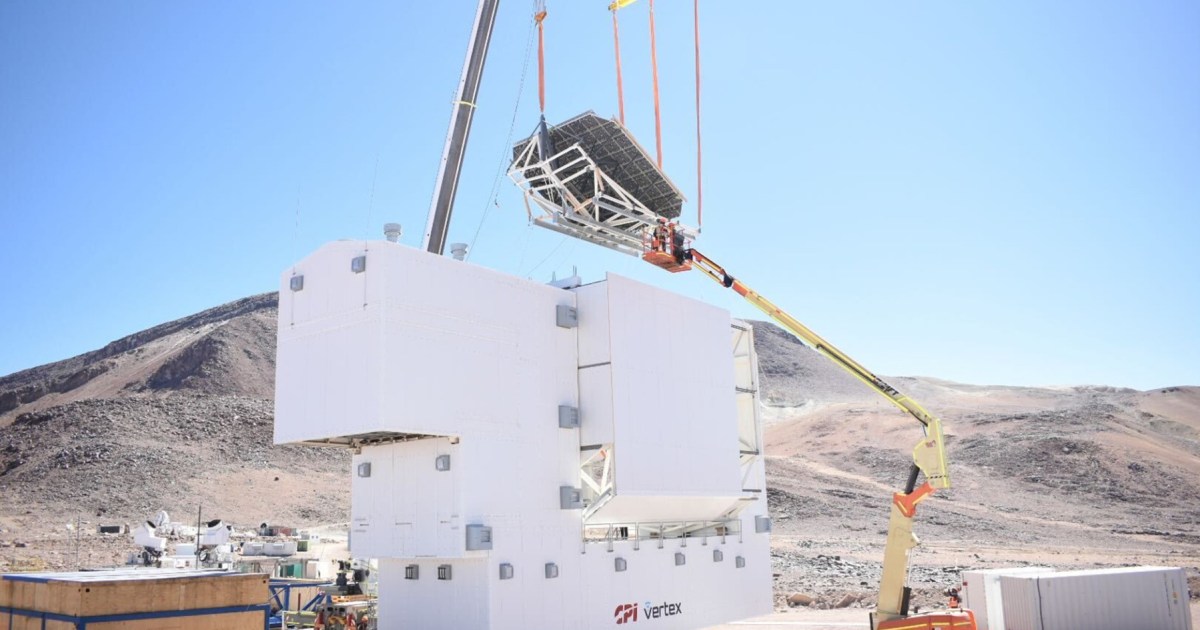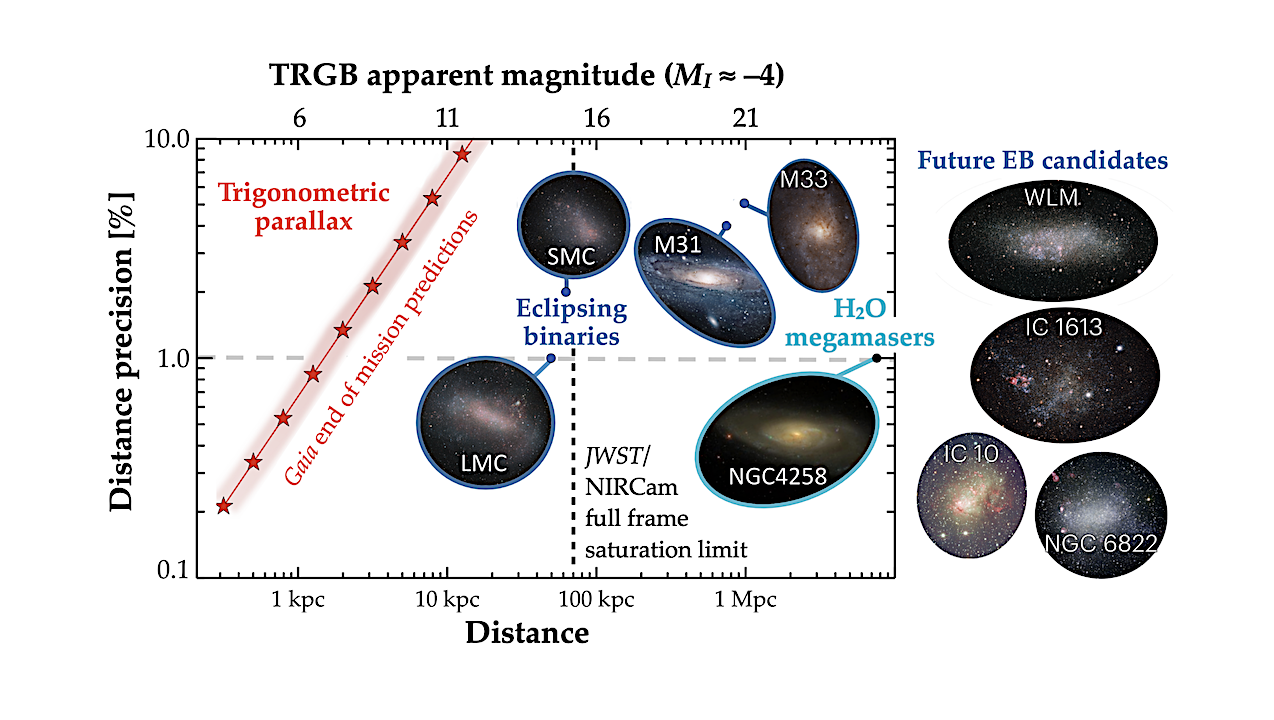A major ocean current in the Southern Hemisphere has reversed direction for the first time in recorded history, in what climatologists are calling a “catastrophic” tipping point in the global climate system.
The development, which was confirmed by Spanish marine scientists at El Institut de Ciències del Mar (ICM-CSIC) in Barcelona, has triggered widespread alarm among climate scientists due to its potential to accelerate global warming and destabilise weather patterns worldwide.
“The stunning reversal of ocean circulation in the Southern Hemisphere confirms the global climate system has entered a catastrophic phase,” said climatologist Ben See in a post on social media.
The collapse involves the deep overturning circulation in the South Atlantic — part of the global conveyor belt of ocean currents — which typically pulls cold, nutrient-rich water up from the ocean floor and drives planetary heat distribution.
The study, published on July 2, identifies a collapse and reversal of the Deep Western Boundary Current (DWBC) in the South Atlantic — a key part of the Atlantic Meridional Overturning Circulation (AMOC).
This current system plays a crucial role in regulating global temperatures and storing atmospheric carbon dioxide in the deep ocean. The ICM’s data show that the flow of the DWBC current reversed from northward to southward for several consecutive months in 2023 — the first such event in 30 years of continuous monitoring.
“This is an unprecedented observation and a potential game-changer,” said physicist and lead author Dr Marilena Oltmanns, who warned the changes could “alter the Southern Ocean’s capacity to sequester heat and carbon.”
According to the ICM-CSIC, the reversal is likely linked to an ongoing weakening of the Antarctic overturning circulation, a deep-ocean process driven by the formation of cold, salty water masses near Antarctica. That system has slowed by up to 40% since the late 1990s, and the new findings suggest it may be destabilising regional ocean dynamics more rapidly than expected.
There has been a lot of speculation that the whole AMOC (otherwise known as the Gulf Stream), could come to a halt. The AMOC brings warm water to Europe from the equator, and when it stops flowing that will lead to a mini-ice age in Europe with winter temperatures dropping by 10-30C. While scientists are 98% certain that the AMOC will stop flowing by 2100, recent studies suggest that the collapse could come as soon as this year, or at least in the next few decades.
The ICM report warns that the reversal of the DWBC could also unleash vast amounts of carbon dioxide currently trapped in deep-ocean reservoirs. The reversal will undermine the ocean’s role as a carbon sink, which currently absorbs about 25% of all anthropogenic CO₂ emissions.
“This could double current atmospheric CO₂ concentrations by releasing carbon that has been stored in the deep ocean for centuries,” the report said. Such a release would likely obliterate existing climate targets, as the additional emissions would overwhelm current carbon budgets and render mitigation strategies based on gradual reductions, obsolete.
“The planet is sending us increasingly clear signals that we are crossing critical thresholds,” the ICM warned, characterising the event as a shift from “chronic climate stress” to “acute systemic breakdown.”
The reversal threatens to weaken the ocean’s crucial role as a carbon sink — one of the Earth’s key natural defences against rising atmospheric CO₂ — and will also dramatically disrupt global weather systems, sea level patterns, and marine ecosystems.
The Mediterranean is as hot as bathwater
The event coincides with an unprecedented marine heatwave in the Mediterranean. A Spanish metrological buoy recorded a sea temperature of 31C on July 4 – as hot as a lukewarm bath. The northwestern Mediterranean Sea has recorded a temperature anomaly of +6.21°C above the 1982–2015 average, part of a pattern of record marine heatwaves that scientists say are reshaping entire ecosystems.
The northwestern Mediterranean Sea is currently 6.21°C above the 1982–2015 average, creating what scientists have called “bathwater” conditions in a historically temperate basin. Warmer surface temperatures could further stall or disrupt ocean currents, feeding a dangerous feedback loop of warming and current instability.
While ocean circulations have shifted in the deep past due to glacial cycles, the current reversal is the first to occur in modern times due to anthropogenic climate change. Researchers now warn of increased risk of abrupt changes in monsoon patterns, fisheries collapse, and a rapid sea-level rise in the Southern Hemisphere. They are calling for immediate global attention and a reassessment of climate adaptation strategies in light of what may be a new and more volatile climate regime.
“The stunning reversal of ocean circulation in the Southern Hemisphere confirms the global climate system has entered a catastrophic phase,” said climatologist Ben See on social media.
The reversal of the current will bring cold water up from the deep in which is trapped CO₂. That means the reversal, “could double current atmospheric CO₂ concentrations by releasing carbon that has been stored in the deep ocean for centuries,” the El Institut de Ciencies del Mar said.
“The planet is sending us increasingly clear signals that we are crossing critical thresholds,” the Institut added.
